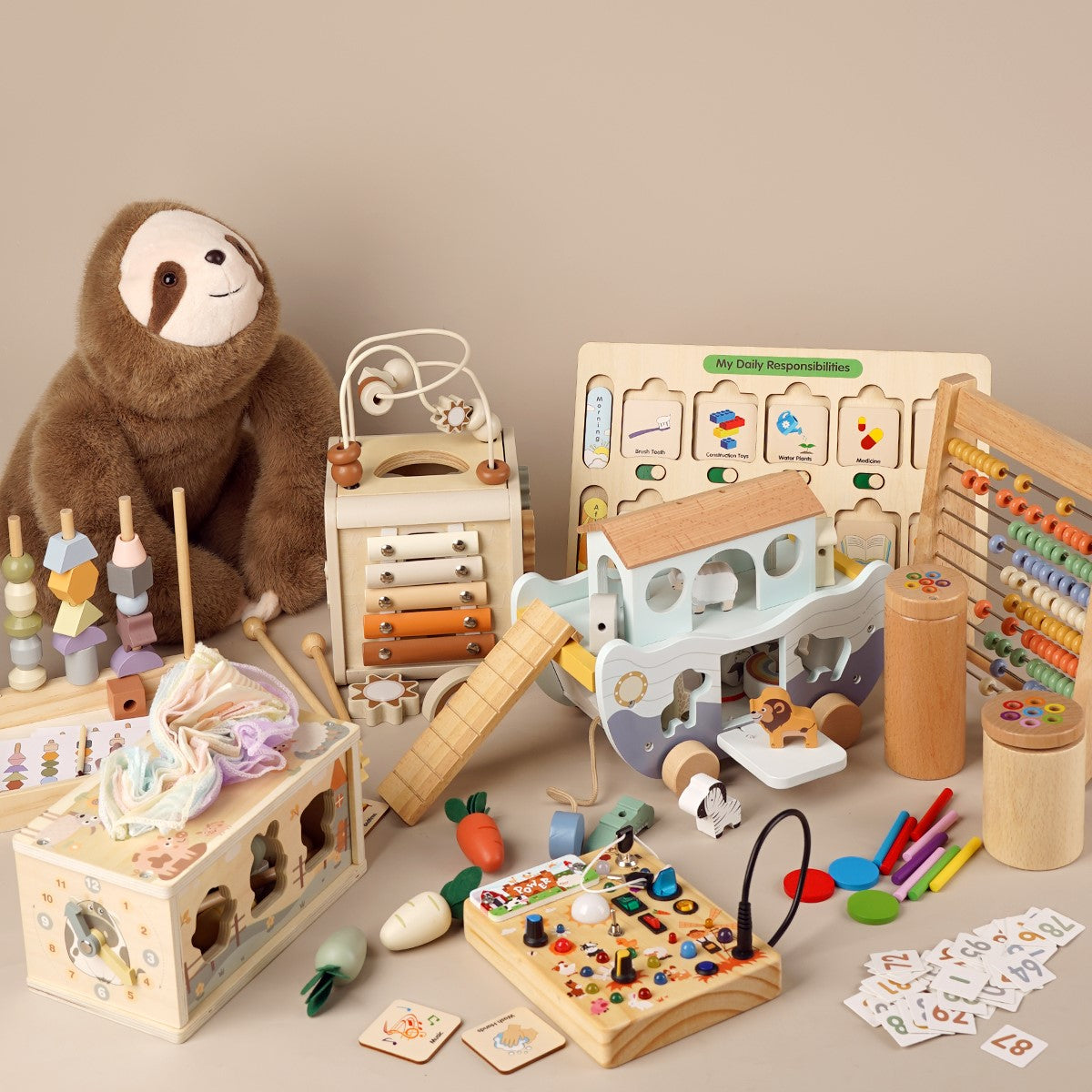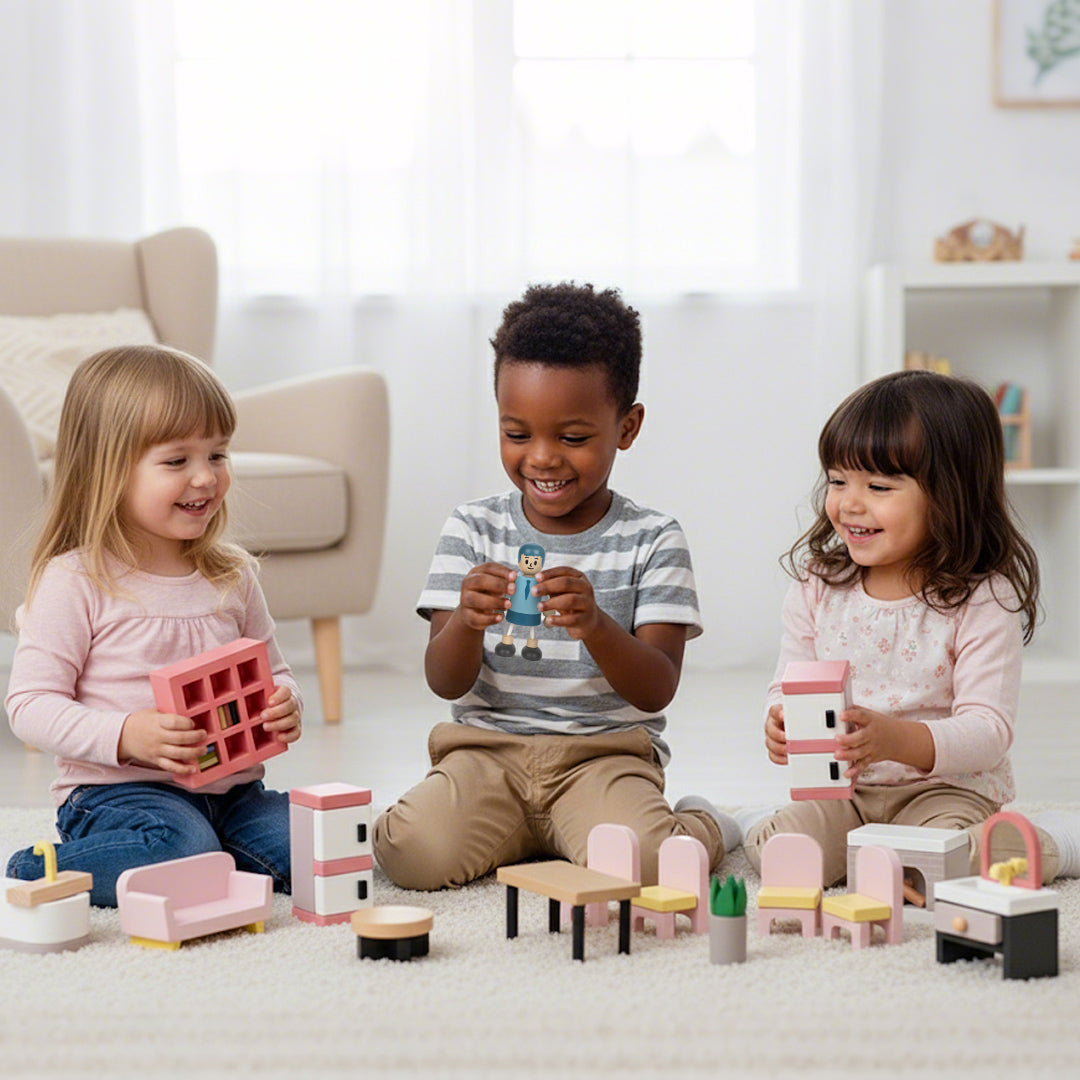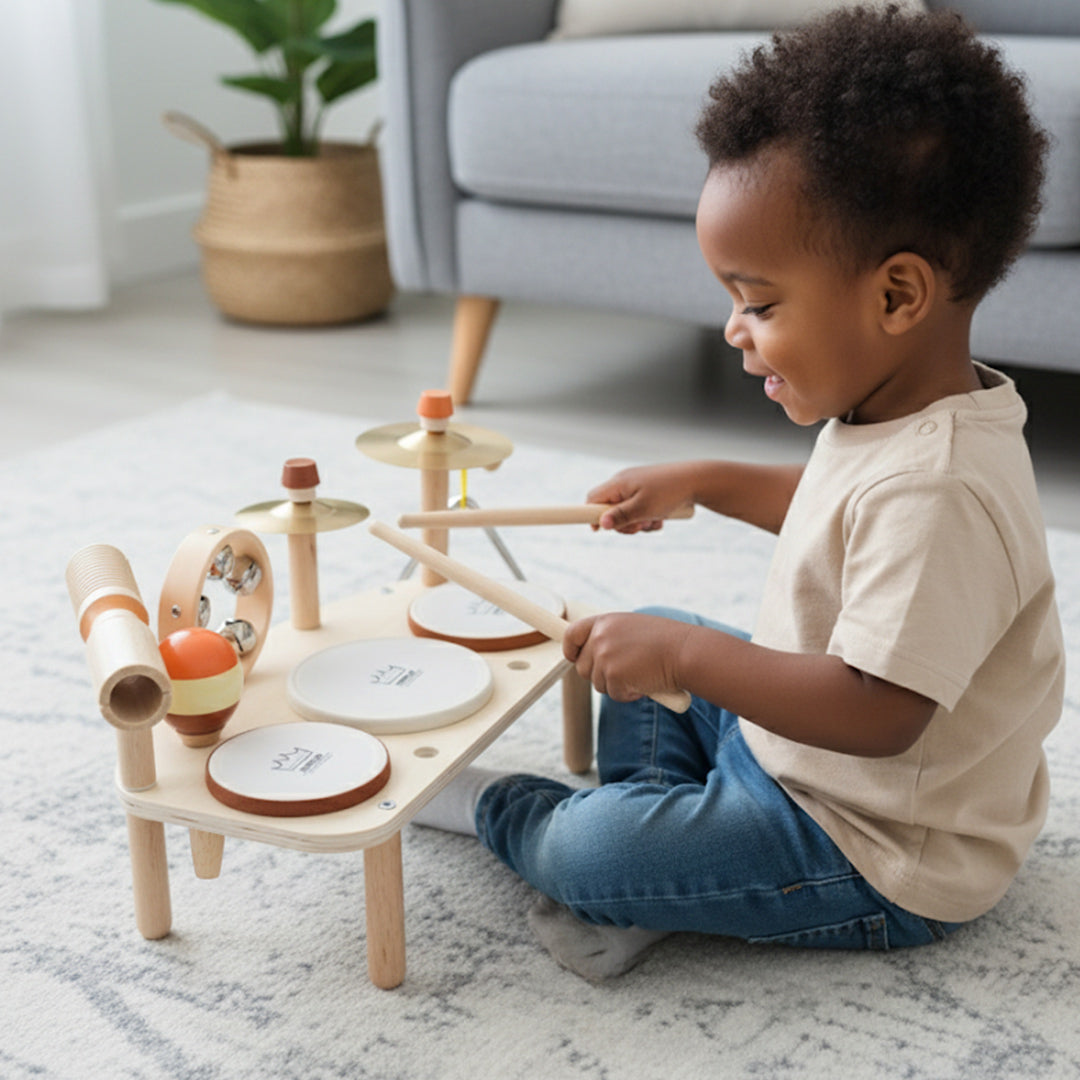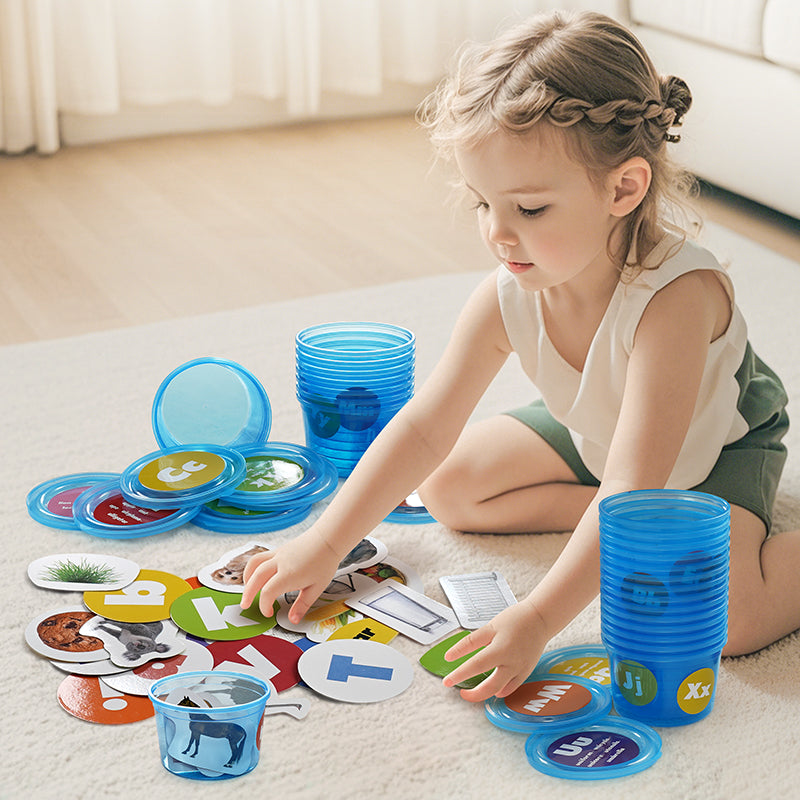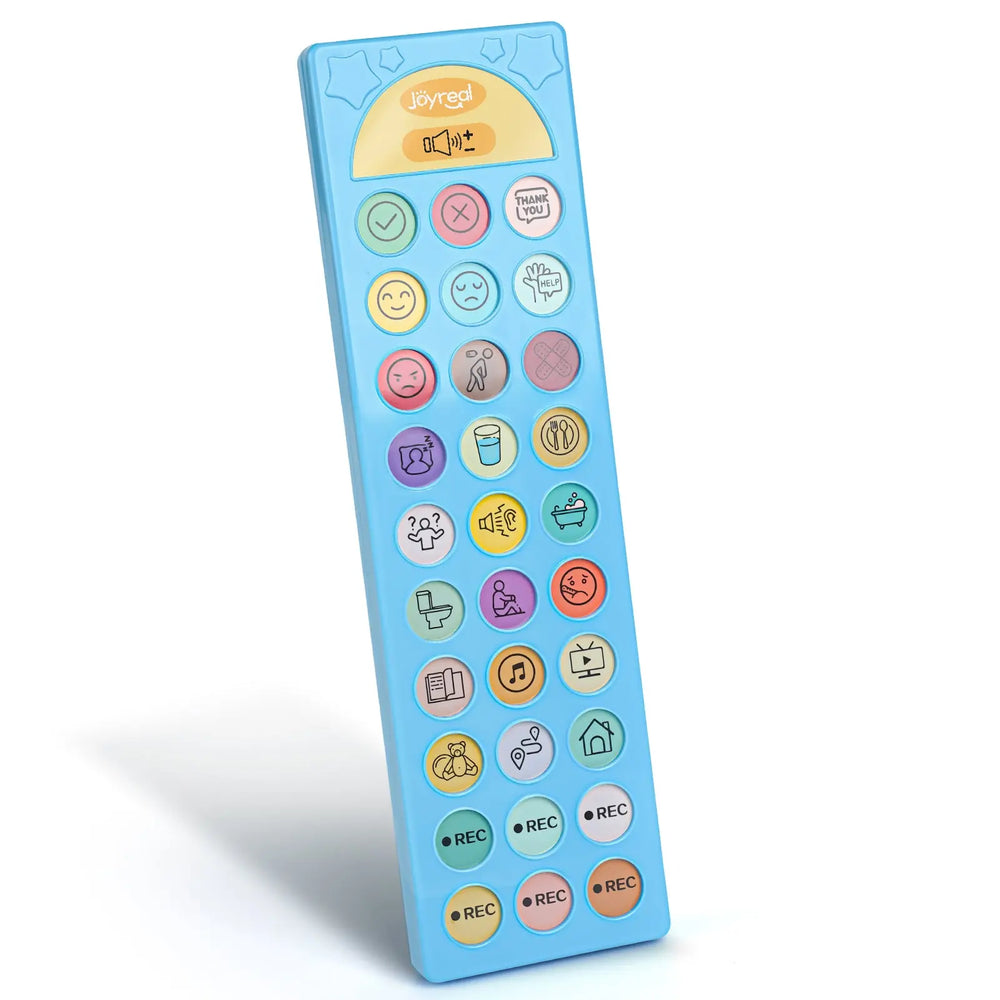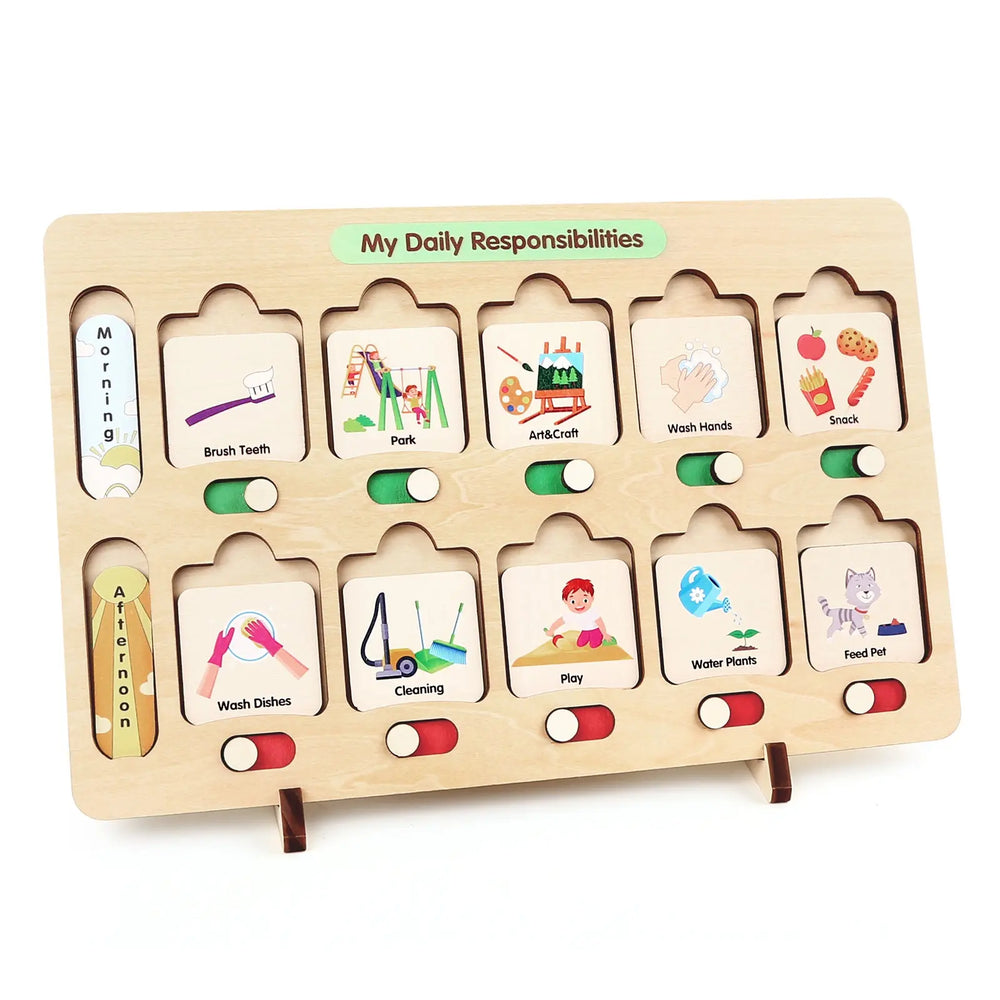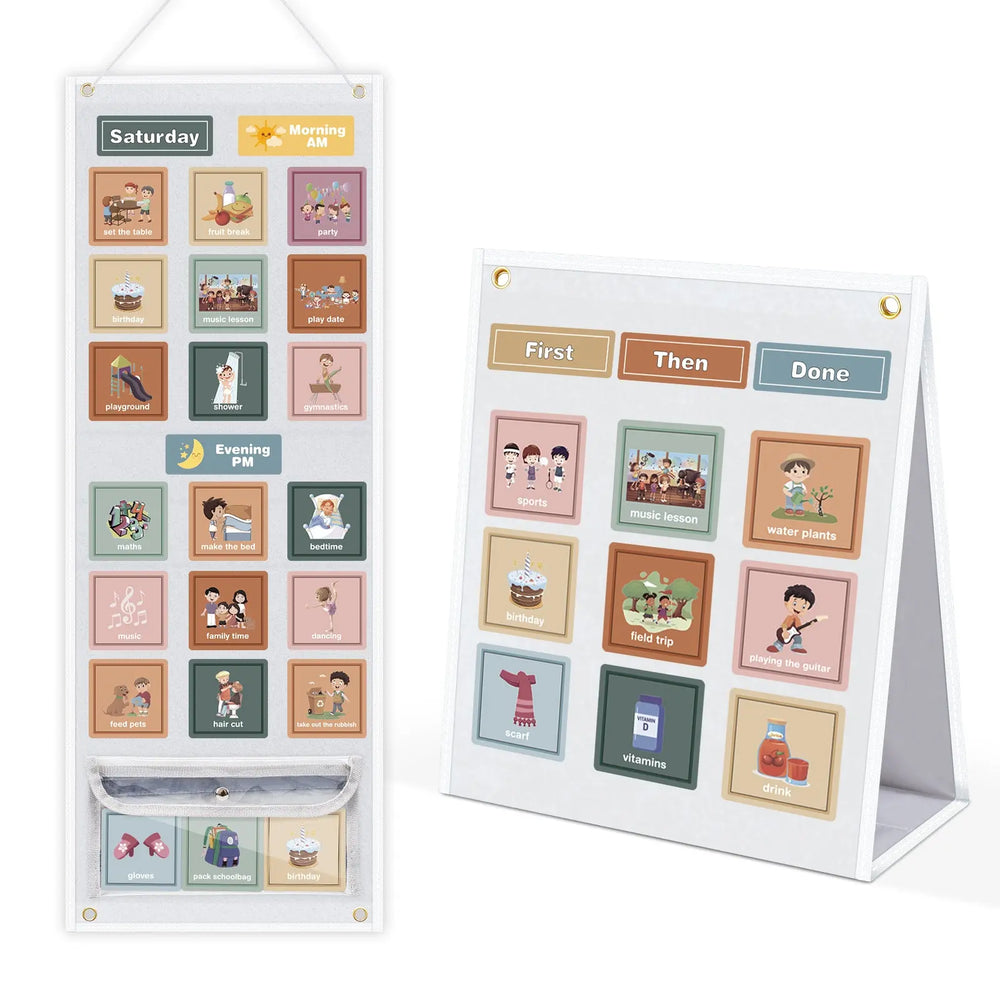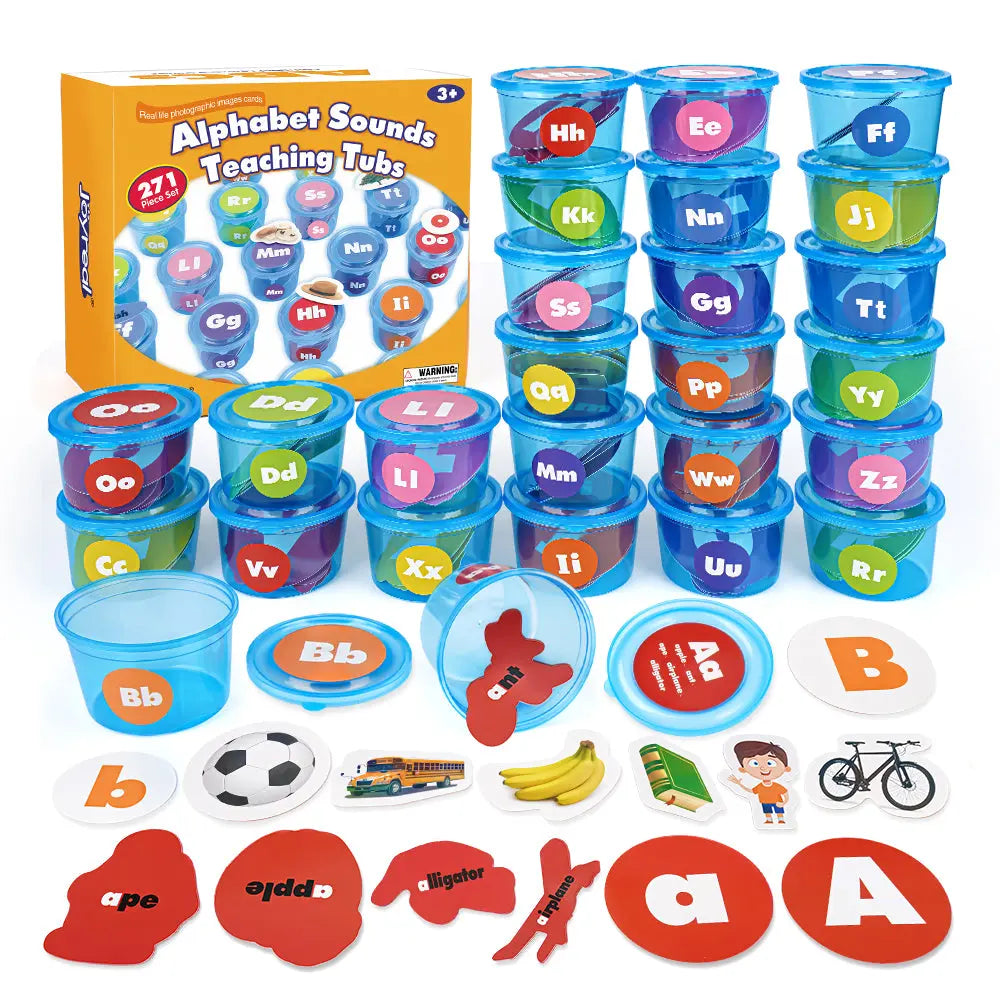From PECS to AAC: Enhancing Communication for Nonverbal Kids with Autism
For children on the autism spectrum, communication is often a significant challenge. Nonverbal kids or those with limited verbal skills may struggle to express their thoughts, needs, and emotions, leading to frustration and behavior issues. Over the years, various communication tools have been developed to assist these children in expressing themselves. Among the most common tools are the Picture Exchange Communication System (PECS) and Augmentative and Alternative Communication (AAC) Devices.
While both are effective for nonverbal children, AAC devices represent a powerful upgrade over traditional PECS, offering a more comprehensive, adaptable, and efficient communication method. In this article, we’ll explore the benefits of upgrading from PECS to AAC devices, and why AAC devices are a better fit for nonverbal children with autism.
What is PECS?
The Picture Exchange Communication System (PECS) is a widely used communication tool, particularly for nonverbal children with autism. Developed in the early 1990s by Andrew Bondy and Lori Frost, PECS uses a series of pictures to help children communicate. A child learns to exchange a picture symbol for a desired object or action, gradually progressing to more complex communication, such as forming sentences and asking questions.
PECS is typically used in early intervention settings and can be effective in teaching basic communication. It’s especially beneficial in helping children express immediate needs or desires, like requesting food, toys, or activities.
PECS Key Factor
Relevance to the User: Select images or symbols that are meaningful and relevant to the person using PECS. This ensures they can easily understand and relate to the cards, making communication more effective.
- Simplicity: Use clear, simple pictures or symbols that are easily recognizable. Avoid clutter or overly complex images that may confuse the user.
- Variety: Include a range of cards that cover different categories like food, objects, activities, and emotions to give the user a broader range of communication options.
- Consistency: Stick to consistent imagery and labeling across all PECS cards to avoid confusion. This helps in developing a clear communication system.
- Durability: Choose cards that are durable and resistant to wear and tear, as they will likely be handled frequently.
- Gradual Progression: Start with a few cards that represent basic needs and gradually introduce more complex options as the user becomes more comfortable with the system.
What are AAC Devices?

Augmentative and Alternative Communication (AAC) devices are digital tools designed to assist individuals who struggle with speech. These devices vary widely, from simple communication boards to complex speech-generating devices (SGDs) with voice output. AAC devices can be customized to meet the specific needs of the user and are designed to help individuals communicate in a variety of environments.
Unlike PECS, which relies on physical pictures or symbols, AAC devices use a range of input methods, including touchscreens, eye gaze, and switches, to enable communication. The content on these devices can be dynamic, allowing children to communicate more flexibly and spontaneously.
Why Upgrade from PECS to AAC Devices?
1. Increased Flexibility and Complexity in Communication
One of the primary advantages of aac devices for autism over PECS is the flexibility they provide. PECS is a linear system—meaning, the child must exchange a picture symbol to get a desired object. However, this can be limiting in more complex or dynamic situations.
With AAC devices, children can construct sentences, ask questions, and express emotions in ways that are not possible with PECS. These devices provide a wide array of vocabulary options, and many have customizable features that allow parents and speech therapists to add new symbols or words. As a result, children can communicate with greater sophistication, conveying their thoughts, feelings, and needs in more varied contexts.
2. Encouraging Independence and Spontaneity
PECS requires the child to rely on external prompts (i.e., someone has to provide a symbol or prompt the child to use a picture). While PECS is highly effective in structured settings, it doesn’t always promote spontaneous communication.
AAC devices, on the other hand, encourage children to express themselves more independently. With features such as predictive text or voice output, children can express ideas and requests more quickly and without relying on adults for support. This helps build confidence and reduces frustration, as children can more easily communicate with their peers, teachers, and family members.
3. Voice Output: A Game-Changer for Nonverbal Children
One of the most significant advantages of AAC devices is the ability to produce voice output. For children who are nonverbal or have limited speech, being able to hear their own voice, even if it’s generated by a device, can be a transformative experience.
Voice output offers children the chance to communicate more authentically, as it sounds like natural speech rather than just pointing to pictures. This feature is particularly important for children with autism who may struggle with social interaction and want to be perceived as more "like their peers." Hearing their voice can also help with social inclusion, as it allows children to engage more fully in conversations with others.
4. Greater Portability and Integration into Daily Life
While PECS is a tangible system (i.e., picture cards), AAC devices are typically portable and can be easily integrated into daily life. Many AAC devices are lightweight and can be carried on a tablet or smartphone, allowing children to communicate in a variety of settings, whether at home, school, or in the community.
In contrast, PECS often requires physical materials, such as a binder or card set, which can be bulky and difficult to manage. AAC devices, by contrast, are far more versatile, enabling communication in real-time as the child engages in various activities. This flexibility allows for greater integration into family life, school activities, and social situations.
5. Access to a Broader Range of Vocabulary and Concepts
PECS limits children to a set of static images and symbols, which can restrict the range of vocabulary they can use. While PECS can be updated or expanded, it’s still difficult to manage large volumes of information in a physical format.
With AAC devices, the vocabulary can be updated dynamically. For instance, many devices come with a vast database of words and phrases that are categorized by themes, such as emotions, actions, or objects. Some AAC devices even allow users to store personal phrases or concepts, giving them the flexibility to speak more naturally and fluidly. The potential for expanding vocabulary is virtually limitless with AAC devices, providing children with the tools they need to engage in complex, meaningful communication.
6. Enhanced Social Skills and Engagement
Being able to communicate effectively is key to developing strong social skills, and this is especially true for children on the autism spectrum. AAC devices support children in learning how to engage in two-way communication, take turns in conversation, and respond to others, all of which are essential for building relationships.
Children who use AAC devices often show improvements in social interactions, as they are better equipped to express themselves and understand others. They can ask questions, make requests, and share their thoughts in a more coherent way. This promotes socialization and inclusion in various social contexts, such as at school, extracurricular activities, or family gatherings.
Who Uses AAC?

While we all use some form of AAC (texting, memes, nodding), it’s particularly crucial for individuals who have difficulty speaking. People with autism, cerebral palsy, developmental disabilities, stroke survivors, and those with ALS can greatly benefit from AAC. It offers them a way to express their thoughts, needs, and emotions clearly, even if they can't speak.
How to Choose the Right AAC?
When choosing an AAC tool, it’s essential to keep in mind that there’s no one-size-fits-all approach. Each person’s needs are unique, and the ideal solution depends on factors like:
- Age and cognitive abilities
- Fine motor skills (can they tap or point easily?)
- Usage environment (home, school, or out and about)
- Portability and durability (do they need something that works without Wi-Fi?)
Some might do well with simple picture cards, while others may need a more complex speech-generating device or specialized apps. It’s often a good idea to work with a speech-language pathologist (SLP) to make sure you choose a system that’s tailored to both current needs and future growth.
Tip: For a portable, easy-to-use option, the Joyreal AAC Communication Tool is a great beginner-friendly choice designed with kids and families in mind.
Challenges to Consider
While AAC devices offer numerous benefits, they are not without challenges. Some of the key issues include:
- Cost: AAC devices can be expensive, and not all insurance plans cover them.
- Learning Curve: Transitioning from PECS to AAC devices can take time, as the child must learn to use the device effectively.
- Technical Issues: Like any piece of technology, AAC devices can experience malfunctions, which can be frustrating for both the child and caregivers.
However, these challenges should not overshadow the immense benefits that AAC devices provide. With proper training and support from speech therapists, caregivers, and educators, many children can successfully transition from PECS to AAC devices and experience enhanced communication.
Conclusion
The upgrade from PECS to AAC devices represents a significant step forward in supporting the communication needs of nonverbal children with autism. While PECS has been an invaluable tool for many, AAC devices offer greater flexibility, complexity, and independence, making them an ideal solution for helping children communicate more effectively and meaningfully.
AAC devices not only empower children with the ability to express themselves more clearly, but they also promote social integration, emotional well-being, and overall development. As technology continues to advance, AAC devices are only becoming more sophisticated and accessible, making it an exciting time for families, educators, and therapists looking for the best communication solutions for children with autism.
For parents and professionals who are considering the transition to AAC devices, it’s important to work closely with speech-language pathologists and other specialists to find the best solution for each child. With the right support, AAC devices can be a life-changing tool for nonverbal children, allowing them to communicate, connect, and thrive in ways they may have never thought possible.
Maybe it will be helpful for you:
Recent Post

What Finally Helped My Toddler Speak Up?
If you’re a toddler mom, you already know how much emotional weight...

Joyreal Christmas Toys Deals 2025
Enjoy instant savings across nearly every category, from early lear...

How Wooden Montessori Toys Support a Sustainable Childhood
Most parents don’t say it out loud, but many feel the same quiet fr...

Top Christmas Gifts to Help Kids Communicate Better This Holiday Season
The holiday season brings joy, family bonding, and endless opportun...

How to Make DIY Printable Communication Boards
Communication is at the heart of every child’s development — and fo...

Top 5 Christmas Gifts That Bring Families Closer (2025 Guide)
Christmas isn’t just about the gifts — it’s about the moments we c...

Top Musical Christmas Gifts for Toddlers & Preschoolers 2025
Why Musical Gifts Are Perfect for Toddlers and Preschoolers Music h...

Joyreal AAC Devices Wholesale Partner
In today’s educational and therapeutic environments, speech therapi...

Joyreal AAC Device – Big Sale for Autism & Speech
Every Voice Deserves to Be Heard Imagine your child looking up at y...

How to Choose Safe & Educational Toys for Christmas 2025
When “Just a Toy” Means So Much More If you’re a parent, you know t...
